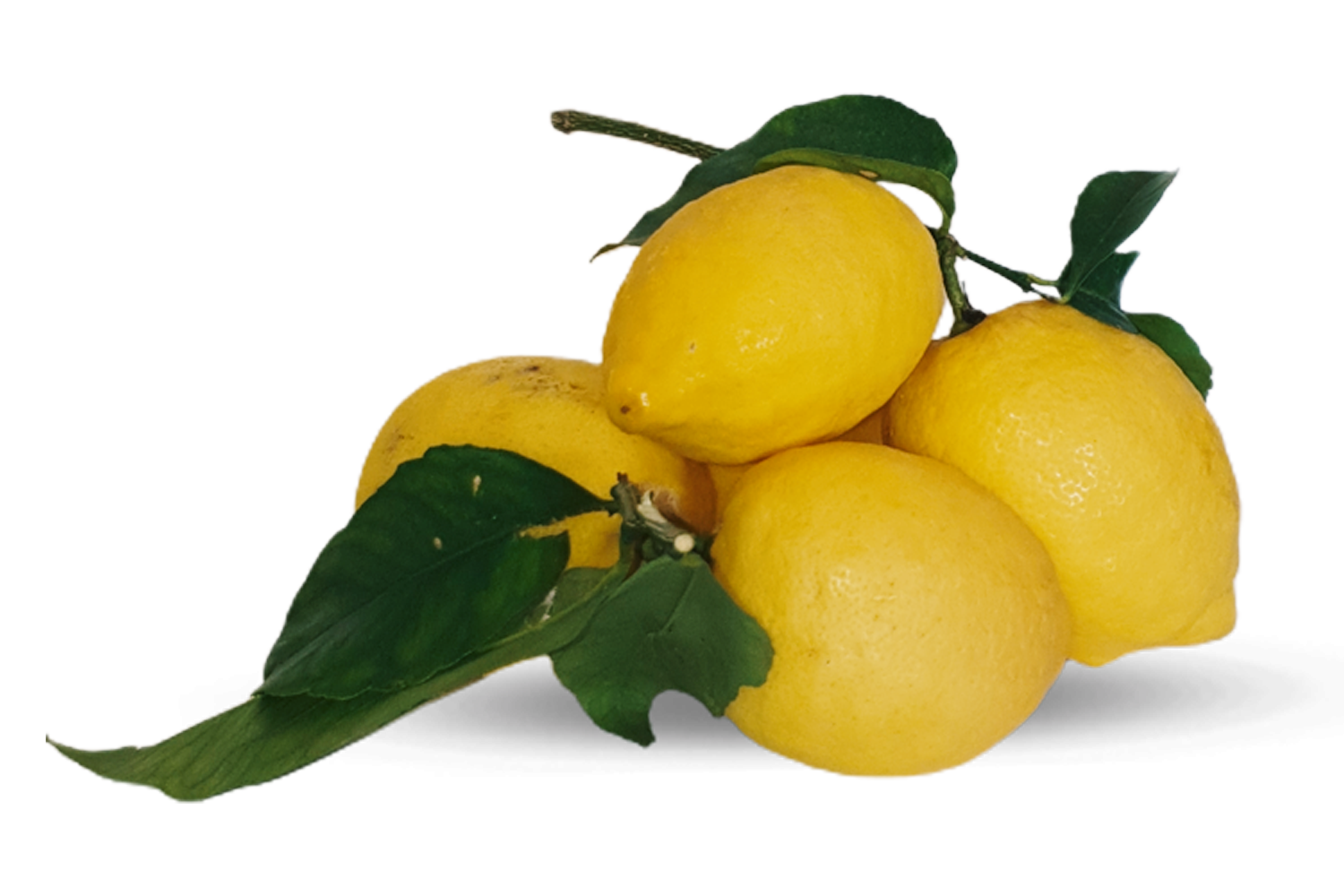We use cookies to help you navigate efficiently and perform certain functions. You will find detailed information about all cookies under each consent category below.
The cookies that are categorised as "Necessary" are stored on your browser as they are essential for enabling the basic functionalities of the site. ...
Necessary cookies are required to enable the basic features of this site, such as providing secure log-in or adjusting your consent preferences. These cookies do not store any personally identifiable data.
Functional cookies help perform certain functionalities like sharing the content of the website on social media platforms, collecting feedback, and other third-party features.
Analytical cookies are used to understand how visitors interact with the website. These cookies help provide information on metrics such as the number of visitors, bounce rate, traffic source, etc.
Performance cookies are used to understand and analyse the key performance indexes of the website which helps in delivering a better user experience for the visitors.
Advertisement cookies are used to provide visitors with customised advertisements based on the pages you visited previously and to analyse the effectiveness of the ad campaigns.

It was the Arabs, or perhaps the Saracens, in their repeated raids from the sea, who introduced lemon cultivation to the Amalfi Coast.
As local inhabitants, we are proud to recount the history of our lemon terraces, which represent a historical monument preserving the memory and image of the activities of a past and sometimes challenging present.
The lemon grove area known as Pozzillo, belonging to the Russo family, includes: the family farmhouse, where ancestors raised 8 children living off agriculture, lemon groves, and with the "calcara," a system for producing quicklime.
The gardens carved into the mountains centuries ago allowed generations of men to feed themselves and live with dignity. The construction of terraces required sophisticated building techniques, the result of centuries of experience and cultural exchanges that the inhabitants of the Amalfi Coast had with other peoples of the Mediterranean. These gardens have shaped and sustained the agricultural and urban landscape of the coast, protecting the inhabitants from a complex and dangerous hydrogeological situation.
Today, the revival of lemon groves on the Amalfi Coast is not solely due to lemon farmers. Tourism attentive to biodiversity and the specificity of the territory has also contributed to turning the coast's lemon groves into tourist destinations.
Opening up to tourists and offering them a range of wine and food experiences, as well as visits to lemon groves, "calcara," or the path to Montalto Castle and the "Fontanella di Casale" spring with its crystal-clear water.
The road ahead is still long, but the passion and respect for the work of our ancestors have given us the strength to continue caring for the "golden apples of the Hesperides," safeguarding their quality and preserving the terraces where they are planted, sharing through the Lemon Tour with the many tourists who flock to the delicate balance of the Amalfi landscape.